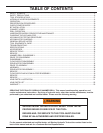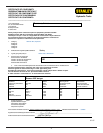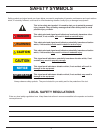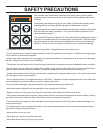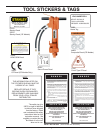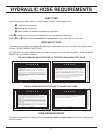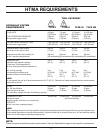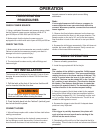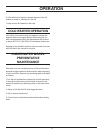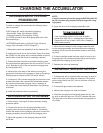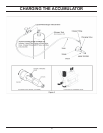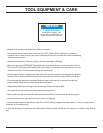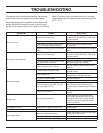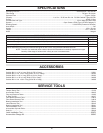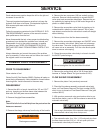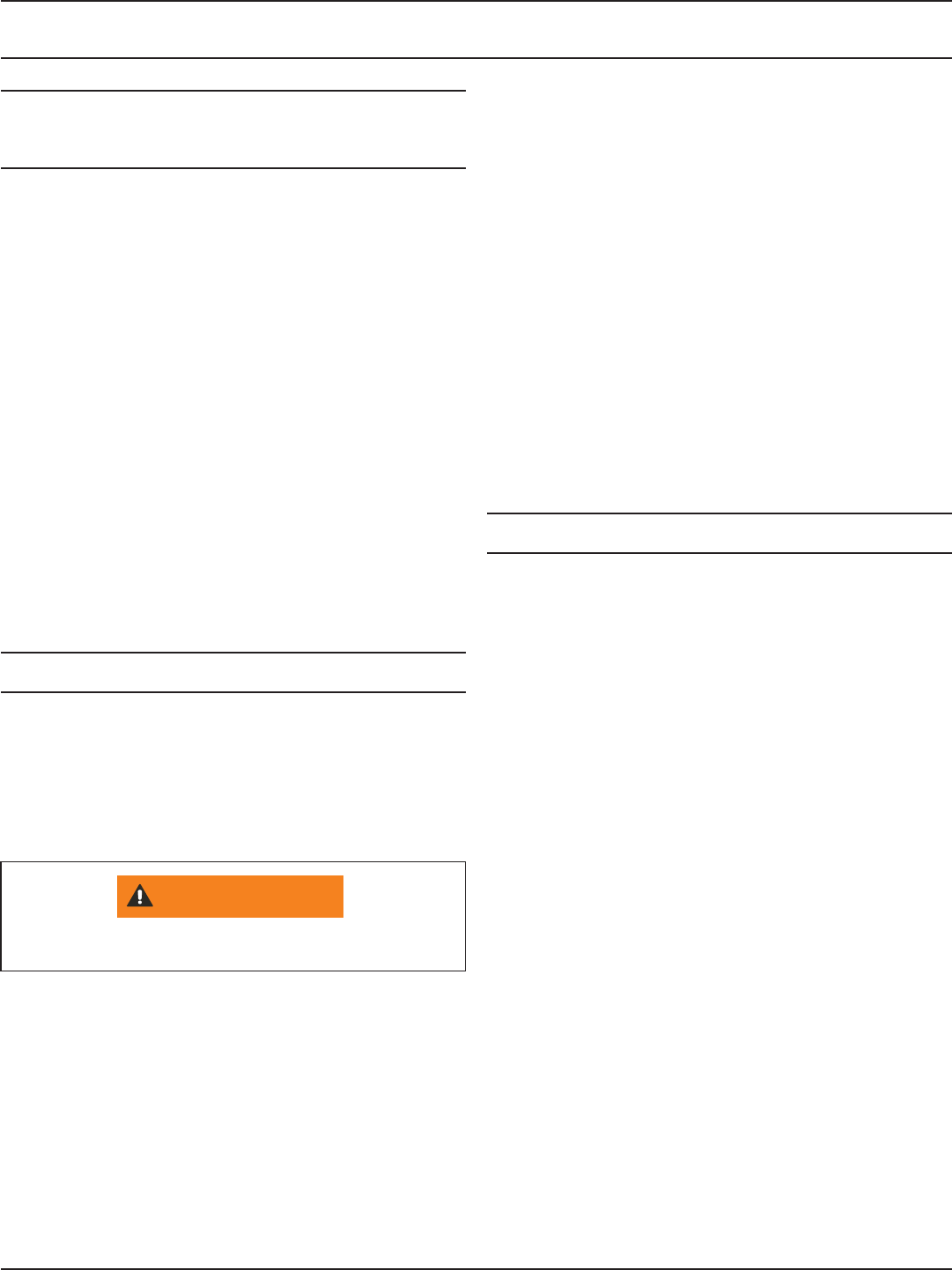
10
OPERATION
PREOPERATION
PROCEDURES
CHECK POWER SOURCE
1. Using a calibrated fl owmeter and pressure gauge, check
that the hydraulic power source develops a fl ow of 7-9
gpm/26-34lpm at 1500-2000 psi/105-140 bar.
2. Make certain that the hydraulic power source is
equipped with a relief valve set to open at 2250 psi/155 bar.
CHECK THE TOOL
1. Make certain all tool accessories are correctly installed.
Failure to install tool accessones properly can result in
damage to the tool or personal injury.
2. There should be no signs of leaks.
3. The tool should be clean and dry with all fi ttings and
fasteners tight.
BIT INSTALLATION
The hammer drill is designed for use with 1-inch to 2-inch
diameter bits manufactured for Model 736 Skil Hex Ham-
mer Drills.
1. Pull the latch at the foot of the tool so that the drill
can be inserted into the drive hex.
Do not allow your fi ngers to come between the
latch and drill steel when closing the latch.
2. Push the latch back into the “latched” (vertical) posi-
tion to lock the bit in place.
CONNECT HOSES
1. Wipe all hose couplers with a clean lint-free cloth before
making connections.
2. Connect the hoses from the hydraulic power source to
the tool fi ttings or quick disconnects. Connect the return
hose fi rst and disconnect it last to eliminate or reduce
trapped pressure for easier quick-connect fi tting
attachment.
Note:
If uncoupled hoses are left in the sun, pres sure in-
crease within the hoses can make them diffi cult to
connect. Whenever possible, connect the free ends of
hoses together.
3. Observe the fl ow indicators stamped on the hose cou-
plers to ensure that the fl ow is in the proper direction. The
female coupler on the tool’s “IN” port is the inlet coupler.
See illustration in back of this manual for tool port identifi -
cation.
4. Squeeze the drill trigger momentarily. If the drill does not
operate, the hoses might be reversed. Verify correct con-
nection of the hoses before continuing.
DRILL OPERATION
1. Observe all safety precautions.
2. Install the appropriate drill bit for the job.
Note:
The rotation of the drillbit is reversible. Drillbit speed
is variable in each direction. This is accomplished by
rotating the lever on the lower section of the tool. The
tool is in neutral when the lever is in the vertical “up”
position. The lever can be rotated 90° to the “horion-
tal” position in each direction. (The direction that the
bit rotates.) The distance that the lever is rotated de-
termines the speed of the bit. The horizontal position
in either direction is the maximum speed setting.
3. Select the speed of the bit best suited for the material
being drilled. Most drilling is best accomplished with the
lever halfway between fully “On” (horizontal) and the verti-
cal “up” position. Refer to the above note. The drill is not
suitable for drilling steel or wood.
4. Squeeze the trigger to start the drill. Adequate down
pressure is very important.
Note:
If the trigger is partially depressed, the piston will
cycle at a low rate and permit easier starting of the
drill bit into the work surface.
5. Periodically pull the drill out of the hole while the bit is
still rotating. This will clear the hole and allow more effi cient
penetration.
WARNING




